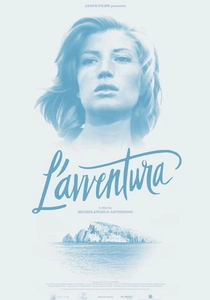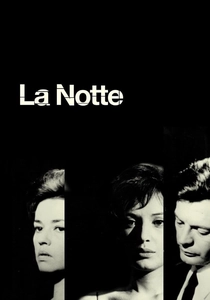If you loved the raw, youthful energy and social commentary of Jean-Luc Godard's Masculin Féminin (1966), you're in for a treat. This article explores 10 films and shows that capture the same rebellious spirit, romantic disillusionment, and avant-garde storytelling. Whether you're a fan of French New Wave or just crave thought-provoking cinema, these picks will resonate with you.

The 400 Blows (1959)
Description: A poignant coming-of-age story that delves into the struggles of adolescence, alienation, and societal neglect, told with a deeply personal and observational approach.
Fact: The film's iconic final freeze-frame shot was improvised on set and has since become one of the most memorable endings in cinema history.
 Watch Now
Watch Now 
Breathless (1960)
Description: A groundbreaking film that captures the essence of youthful rebellion and existential angst, with a raw, documentary-like style and spontaneous dialogue.
Fact: The film was shot on location in Paris with a handheld camera, giving it an unprecedented sense of realism and immediacy.
 Watch Now
Watch Now 
L'Avventura (1960)
Description: A modernist masterpiece that challenges narrative conventions, focusing on themes of existential ennui and the search for meaning.
Fact: The film was initially booed at its Cannes premiere but later hailed as a groundbreaking work of cinema.
 Watch Now
Watch Now 
La Notte (1961)
Description: A meditation on alienation and the disintegration of relationships, characterized by its slow pacing and atmospheric cinematography.
Fact: The film's hauntingly beautiful black-and-white visuals were achieved through meticulous lighting and composition.
 Watch Now
Watch Now 
Jules and Jim (1962)
Description: Explores complex relationships and the fluidity of love and friendship, with a narrative that blends humor, tragedy, and poetic realism.
Fact: The film's innovative use of voice-over narration and rapid editing techniques was highly influential on later filmmakers.
 Watch Now
Watch Now 
Cléo from 5 to 7 (1962)
Description: A real-time narrative that follows a woman's existential crisis, blending personal introspection with a vivid portrayal of urban life.
Fact: The film is structured in real time, with each minute of the story corresponding to a minute on screen.
 Watch Now
Watch Now 
Vivre Sa Vie (1962)
Description: A fragmented, episodic narrative that examines the life of a woman navigating freedom and constraint, with a mix of documentary realism and poetic abstraction.
Fact: The film is divided into 12 tableaux, each with its own title card, creating a unique structural rhythm.
 Watch Now
Watch Now 
The Umbrellas of Cherbourg (1964)
Description: A bittersweet musical that blends everyday drama with heightened emotion, using color and music to elevate the ordinary into the extraordinary.
Fact: Every line of dialogue in the film is sung, making it a unique hybrid of opera and cinema.
 Watch Now
Watch Now 
Pierrot le Fou (1965)
Description: A vibrant, anarchic tale of love and escape, filled with pop art aesthetics, playful experimentation, and a sense of restless energy.
Fact: The film's use of bold colors and Brechtian techniques broke new ground in visual storytelling.
 Watch Now
Watch Now 
My Night at Maud's (1969)
Description: A philosophical exploration of chance, choice, and morality, told through intimate conversations and a restrained, intellectual style.
Fact: The film is part of a series known for its dialogue-driven narratives and moral dilemmas, often set in provincial France.
 Watch Now
Watch Now 








